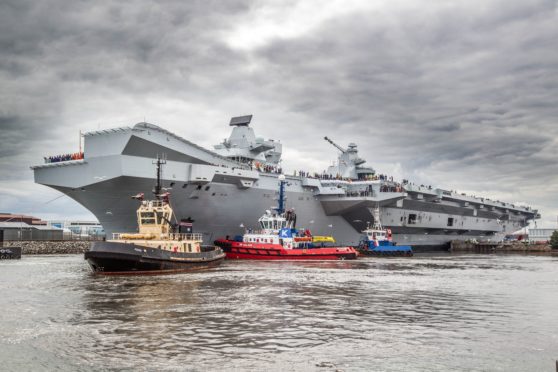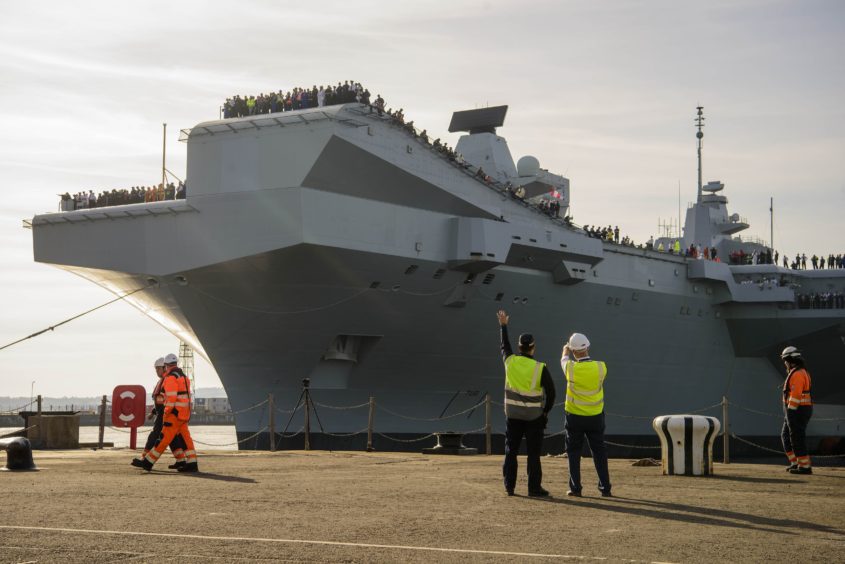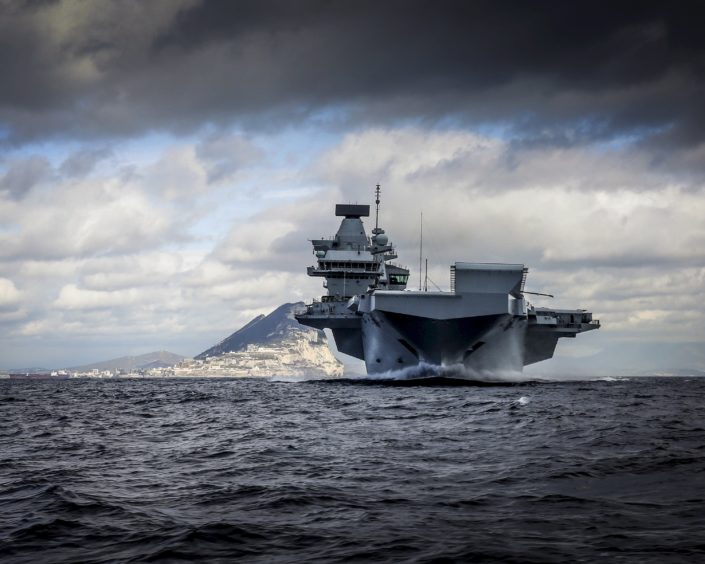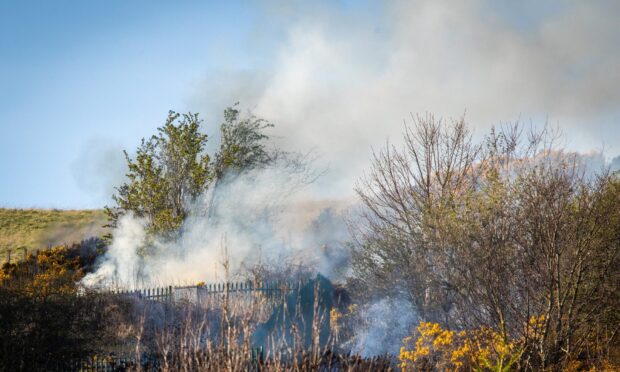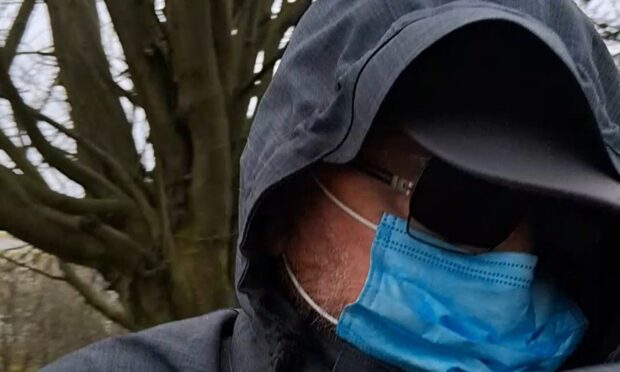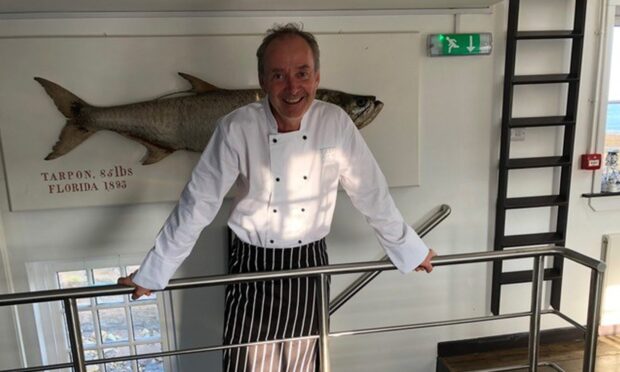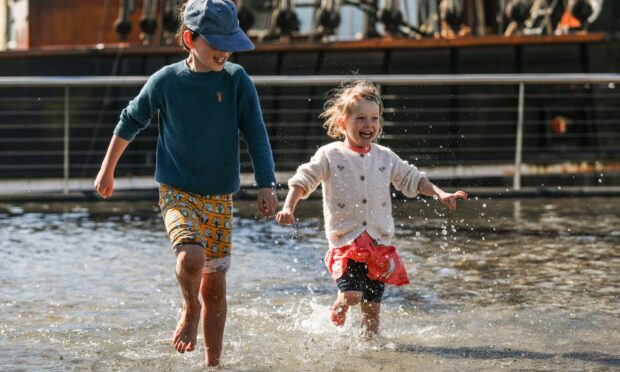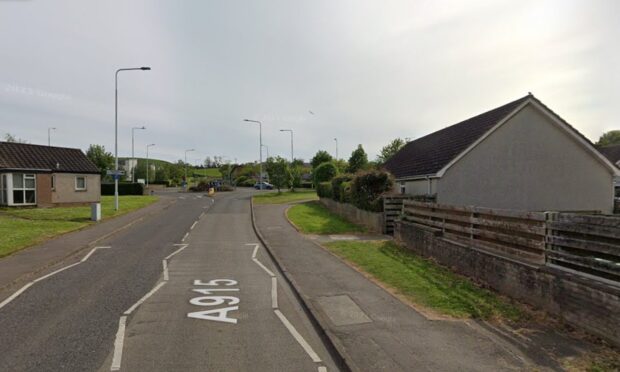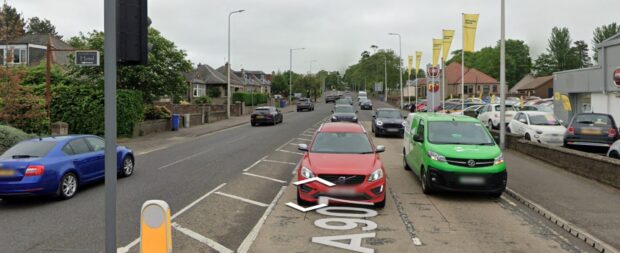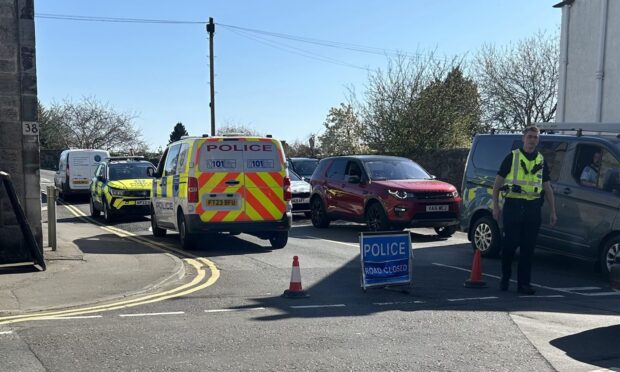A team of specialist security officers trained to fight fires, deliver first aid, navigate confined spaces and rescue at height have lifted the lid on how they protected workers while the largest warships ever built for the Royal Navy were constructed in Fife.
The first time Lynsey Burns saw HMS Prince of Wales aircraft carrier, it was a block of steel the size of a house.
It was late 2014, and she had just joined G4S specialised squad, protecting workers on the ship being constructed at Babcock’s Rosyth site.
At 280 metres long, the HMS Prince of Wales and its sister ship HMS Queen Elizabeth are longer than the UK’s Houses of Parliament in London.
Each with a displacement of 65,000 tonnes, they can carry up to 40 aircraft and 1,600 people.
“It was a floating city, eventually,” Lynsey said.
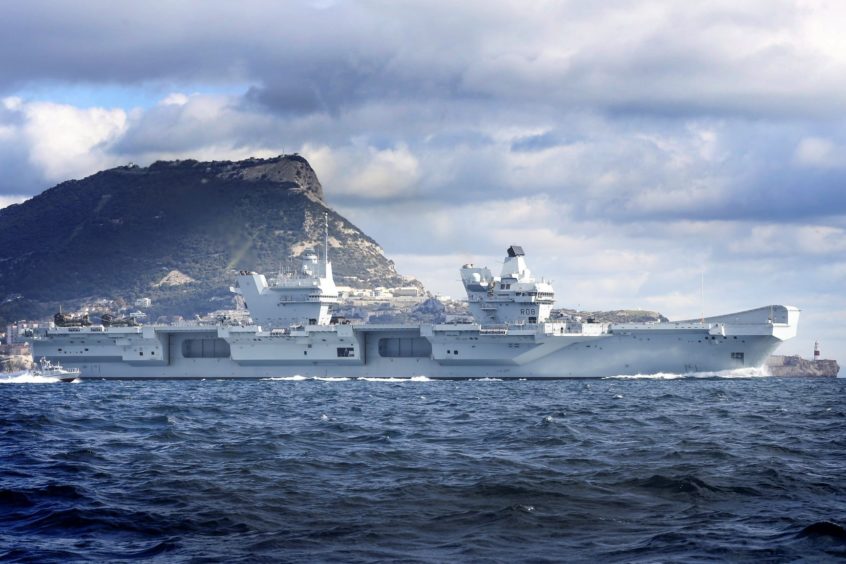
Over eight years of construction, G4S protected the 300 acre Rosyth site, with fully-trained first responders constantly patrolling the massive aircraft carriers.
Known as the Emergency Response Team (ERT), they also provided support to the whole site, with activities ranging from engineering and ship maintenance to building critical national infrastructure that requires security controls.
“The construction of the QEC aircraft carriers was a once-in-a-lifetime project,” Brian Newlands, G4S Secure Solutions’s regional manager for Scotland, said.
“We had the opportunity to work on critical infrastructure and demonstrate how we design a security solution tailored to this project’s needs.
“It was a bespoke service to this unique project.”
Constructing ships on that scale required extraordinary engineering, as well as a huge amount of resources.
As one of the largest defence engineering projects, more than 3,100km of electric cable, 2 million metres of fibre optic cable, 364km of piping, 41km of ventilation trunking and 65,000 tonnes of steel were used for each ship.
More than 7,000 people worked on-site at its peak, and 51 million working hours went into their design and construction.
All the while, the G4S team aimed to be able to get to the scene of any incident within two minutes.
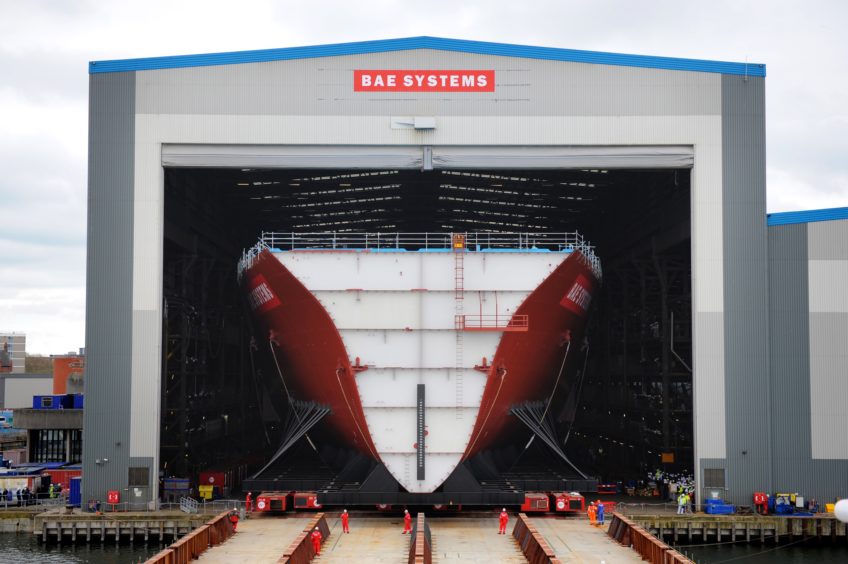
Throughout the project, the team responded to first aid incidents, heart attacks and fires.
The ERT officers also drew from their training to report any potentially unsafe conditions, preventing other accidents from taking place.
“The ERT maintained a safe and secure environment,” Brian said.
“If an incident did occur, their immediate response greatly minimised the impact of those incidents.”
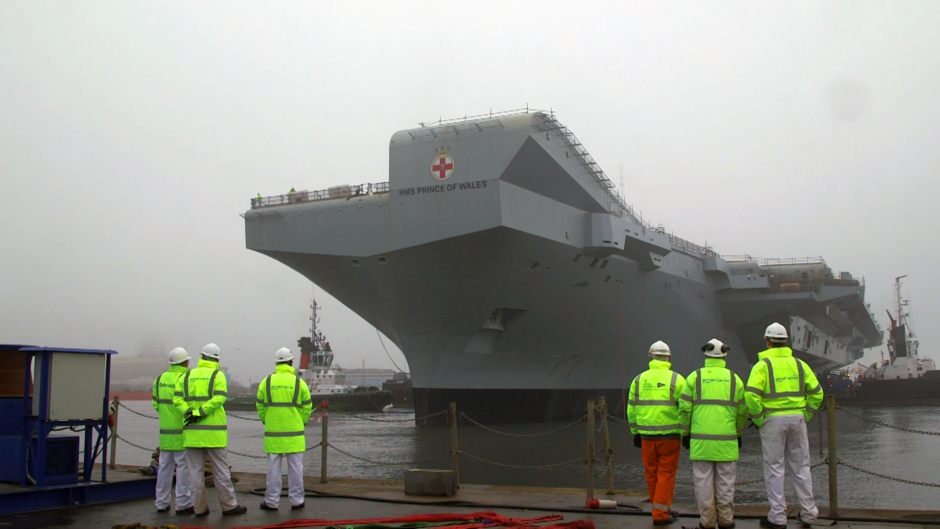
While the ships were being painted, ERT officers patrolled the waters below in a small vessel, and construction workers regularly told the team their red uniform was a reassuring sight on the flight deck.
Vice Admiral Sir Simon Lister, managing director of the Aircraft Carrier Alliance, which built the ships, said: “Knowing that a professional team of first responders was at immediate notice to help, gave everyone on-board a feeling of confidence, and formed the foundation of our safety culture.
“When incidents occurred, the team was always grateful for the swift and effective interventions by the ERT.”
A single fire alarm going off meant an entire ship had to be evacuated and searched.
Workers had identity cards they scanned to go on and off the ship, meaning the ERT officers always knew how many people were still on-board.
In July 2014, HMS Queen Elizabeth was officially named to huge fanfare and thousands of people – including Her Majesty the Queen – arrived on the site.
Throughout construction, there were major visits from many other dignitaries, including former British Prime Ministers, David Cameron and Theresa May.
While the ships have now sailed, security and ERT roles have now been merged at Rosyth to ensure all of that expertise remains on site, and the officers will be ready when Babcock begin building new Royal Naval Type 31 frigates at the Fife port next year.
